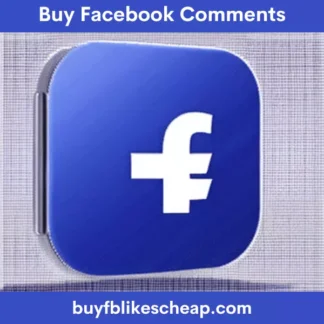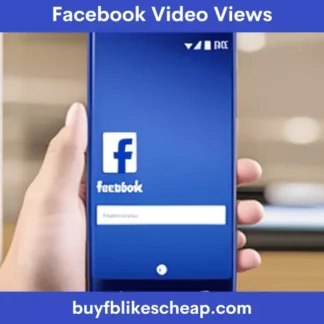I’m sure you don’t know what I’m going to tell you. Read carefully because she interests you buy Facebook likes for a photo. By the way, surely you know someone who uses social networks professionally or “takes them away”, send them this article on WhatsApp, you will be doing them a favor.
DO YOU KNOW WHAT ENGAGEMENT IS?
If you have a presence on social networks, you should keep this word in mind: “Engagement”. In short, it is the value that will mark if your work on social networks is being done correctly or if, buy Facebook likes for a photo on the contrary, you are wasting your time, or worse, your money if you are entrusting this work to a third party.
If someone manages your social network and has never given you an Engagement report
WHY DO YOU NEED TO KNOW HIM?
For a simple reason, because it is your main measurement in a social network. As we have mentioned before, “engagement” allows you to focus your strategy on social networks and to know in a single value if your work on the network is being developed properly.
BUT WHAT IS IT REALLY?
In all social network management, knowing your health on the network at all times is essential. When we talk about engagement on Facebook, buy Facebook likes for a photo we are referring to the way and form that users interact on this social network.
When this value is analyzed, what you are really analyzing is the metric of your users’ commitment to your brand. For this reason, it is the most important value to know when managing a network.
HOW IS IT CALCULATED?
When we talk about the calculation of Engagement, we can do it by analyzing one or several publications or the total of the Facebook account. Actually a correct analysis is when it is done taking into account a mixed system of both. It is not an easy matter, but any manager of your social networks will have no problem giving you this evolution if you ask for it.
In engagement, a mathematical formula is used on all the interactions of your publications: The “likes” and the rest of the reactions, the “shared” publications, the “clicks” made by your users. In short, any interaction is any action that a user performs in relation to your brand and your content.
Loyalty, the “passion” of your brand users, even commitment, are the indicators of engagement. Exactly, they are calculated by the following formula:
Number of reactions + Number of comments + Shares + clicks, this result is divided by the reach and multiplied by 100.
IMPROVE YOUR ENGAGEMENT
Original content that provides value and quality for your fans is the best medicine to increase this value.
Do not think about yourself, but about your client. You have to know your followers: where they are from, who they are, how old they are, gender, where they live… There are so many things you need to know for your posts to be attractive, that without prior analysis, increasing engagement is really essential. Obviously, if you do not know your followers, you will never be able to correctly target your publications.
Listen to your customers on social networks, it is essential buy Facebook likes for a photo. Do you not listen to those you see in person? Well then, why in the social network, aren’t you going to do the same? Well, no, here you even have to pay more attention to them.
The first impression you will not have the opportunity to repeat twice, your image can help you improve engagement, but in the same way, that image can be a real torpedo to your “social” waterline if you do not do it correctly. In other words, it is better to do nothing than to do it badly.
Crisis management greatly improves the company’s engagement. Both positive and negative opinions are an excellent possibility to get “social” benefit with your followers.
NEVER EVER NEGLECT IT
If you launch into the social network as a tool for communication, promotion, customer acquisition and therefore growth and sales. Never, ever forget about him. Monitor this value, change your strategy, adapt the strategy, and manage the types of communication with your customers.





